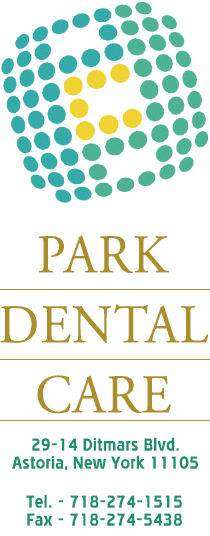 If you have read Part I of this series, then you’re already well on your way to providing your child with the best chance for healthy teeth and gums. In the last article, we focused on getting into a regular oral hygiene routine even before baby’s first teeth started to erupt, and modifying that routine as more and more teeth came in. We recommended that you start by wiping gums with a damp, clean washcloth, progressing to light brushing with water or a tiny smear of toothpaste once teeth are showing. We then went on to suggest that flossing should begin as soon as two teeth are in next to one another and that a dab of toothpaste could be used as soon as your child learns how to spit.
If you have read Part I of this series, then you’re already well on your way to providing your child with the best chance for healthy teeth and gums. In the last article, we focused on getting into a regular oral hygiene routine even before baby’s first teeth started to erupt, and modifying that routine as more and more teeth came in. We recommended that you start by wiping gums with a damp, clean washcloth, progressing to light brushing with water or a tiny smear of toothpaste once teeth are showing. We then went on to suggest that flossing should begin as soon as two teeth are in next to one another and that a dab of toothpaste could be used as soon as your child learns how to spit.
Additionally, we touched on when you should first visit a dentist (by your child’s first birthday), why it’s important to maintain routine visits even before their permanent teeth come in (to identify potential problems early, keep teeth clean and get children used to visiting the dentist regularly), and the role of fluoride.
So, now your child has a full set of baby teeth in his or her mouth and you want to know what to do next as those teeth begin to be replaced by another set of permanent teeth. As you reach this stage, proper oral hygiene and routine dental care become even more important since anything that affects teeth at this stage will have an impact on those teeth for life. Hopefully, you’ve already set the stage for proper care early on, but even if you didn’t, it’s never too late to start developing good habits so the time to start is now!
The key to maintaining healthy teeth and gums throughout a child’s life is a combination of hygiene practiced at home and regular visits to the dentist. At home, a regular routine should be instituted. Parents can begin the process and can transfer responsibility to the child once they show that they can properly handle the task on their own. Brushing should occur at least twice a day (morning and evening) and preferably also after eating. If that can’t be done, a swish of water to remove sugary, sticky substances is a good alternative. Flossing should be done every day.
You should also discuss with your child how certain foods can affect their teeth and make them aware that if even though they may not avoid the foods altogether, it is important that they be extra vigilant about cleaning after eating or drinking certain types of food. Another way to protect your child’s teeth from harm is by encouraging them to wear a protective mouthguard during sports in order to prevent serious injury.
Once a child’s permanent molars come in, you should ask the dentist about sealants. This is a layer of clear resin that is brushed on the chewing surface of the molars to better protect teeth from possible ill consequences from bacteria getting into crevices in the surface, such as the development of cavities.
You should also continue to stick to regularly scheduled dental visits. This will help to better ensure that your child’s teeth remain healthy and will allow the dentist to identify any problems while they are still small. If as your child’s teeth come in there are any issues with alignment or spacing, your dentist may refer you to an orthodontist for further evaluation and to discuss the many different treatment options currently available.
For more information about how to keep your child’s teeth healthy, or to schedule an appointment with a pediatric dentist or orthodontist in Queens, contact Park Dental Care at 718-274-1515.







